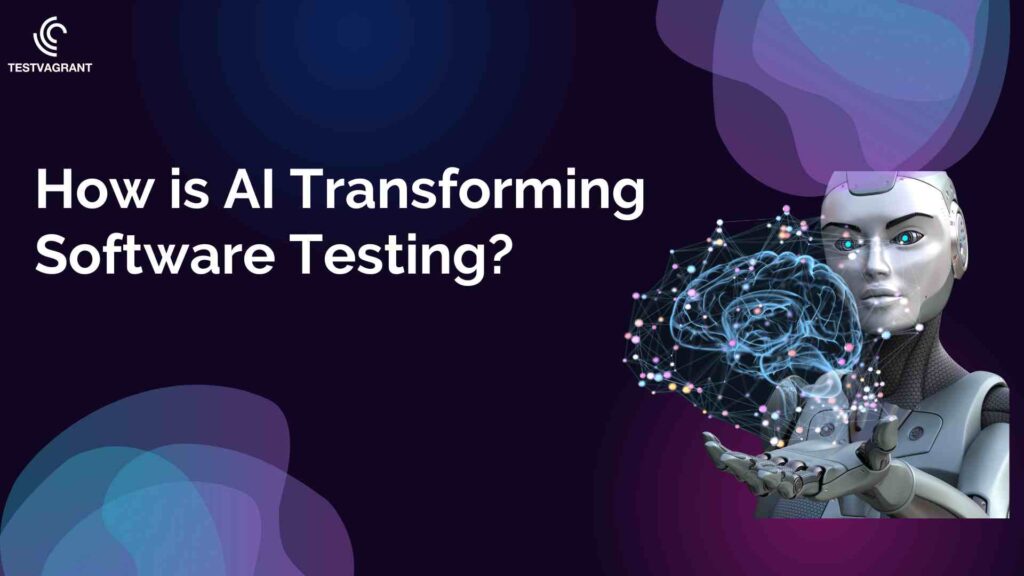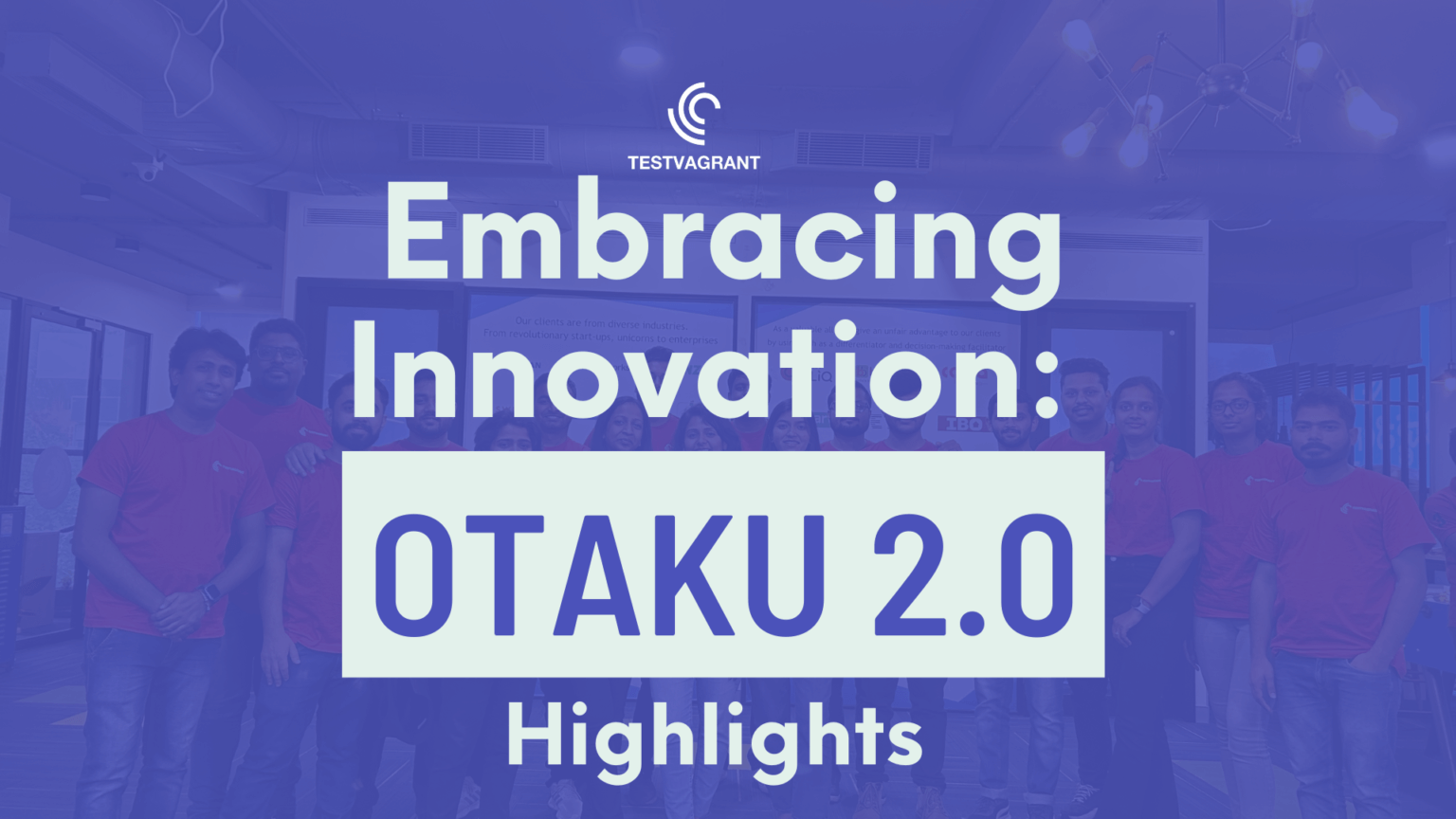AI has undoubtedly brought groundbreaking changes to software test engineering. By giving test engineers a break from scripting everything manually, AI helps in speeding up the entire process. However, human intervention cannot be entirely replaced. It’s important to consider an AI platform as a tool to power up software testing, but not the ultimate.
Simon Steward, the creator of Selenium WebDriver, asserts in an interview with Joe Colantonio: “You don’t want to run (automate) everything because you don’t know whether or not it works. We should have precision at this point. We shouldn’t be doing like blunt force trauma to our codebases.”
Based on the end users’ requirements, the test engineers need to adjust the usage of AI. Manual testing should be incorporated into the testing infrastructure as and when required.
This is where a software test consulting company can come to help. The consultants and testing teams can suggest and execute varied types of tests and meet the business requirements.




